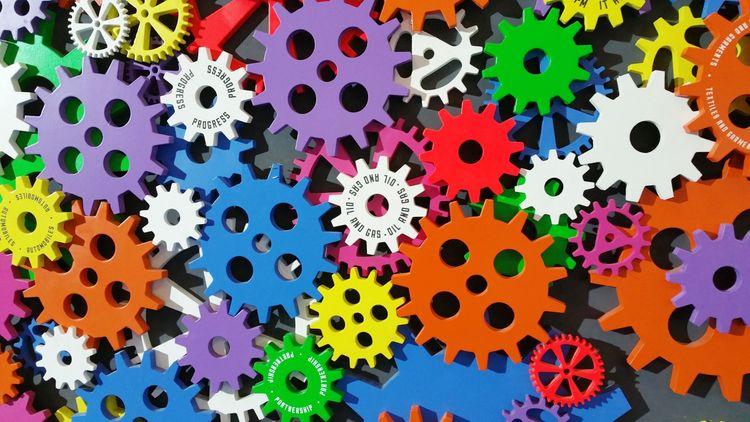blog
26 October 2021
The Small Innovation Mindset

Article originally posted on Forbes.
Paul Warburg, President and CEO at Xenon arc, discusses how to empower your team and improve profitability. Xenon arc is an innovative tech company seeking to revolutionize distribution in the chemical industry.
The word “innovation” carries the weight of expectation, and it can be intimidating. But it shouldn’t be. As a business leader, a key principle that I espouse is that innovation doesn’t have to be earth-shattering — it can be continuous and include small improvements.
It can be innovations in sales and marketing. It can be innovations in supply chain. It can be innovations in product. It can even be innovations in operations technology, such as a custom modification to a backend system that noticeably improves the customer experience.
In my experience, there’s value in encouraging a much broader definition of innovation because it’s just as powerful in smaller doses.
Why is this simple mindset shift so important? Because if we change our perception about innovation to define it as continuous improvement on a smaller scale, then we can foster an environment within our companies that is more rewarding for our people while maintaining a critical competitive edge. It’s an approach that can prevent companies from resting on their laurels or getting complacent. And the beauty of this philosophy is that, because it’s incremental, it doesn’t require a large upfront investment in a major project. Instead, the investment is diffuse and your company reaps the benefits that snowball over the long term.
I’ve seen the value of this mindset play out while in my current role as CEO of a technology company in the chemical industry. We encourage our people to innovate in every aspect of the business, from supply chain to accounting. It’s not always sexy and exciting on the outset, but all the small innovations are what give us our competitive edge.
The key to doing this well is starting with a clear vision and strategic framework and knowing where you can and can’t make compromises. Then you can work on fostering an environment where smalls innovations can take flight.
For us, our mantra of “effective first, efficient second” has been the grounding vision. Our first priority is to be as effective as possible in meeting the needs of our customers. Because at the end of the day, the customers don’t care if you’re really efficient if the user experience is less than desired. And in our industry — the chemical industry — we have a complex supply chain that requires high-touch customer service and tailored solutions. Our customers need us to be a reliable partner because any hiccups in their supply chain are costly.
To satisfy this high-touch service model, we reverse-engineered the entire supply chain. We first focused on creating systems and processes that would be best-in-class for our customers at the expense of everything else. Then we tackled the efficiency part second, and that’s where the innovations happened.
We focus on driving what I call “substantial incremental efficiencies.” We were constrained by our value proposition of being effective first at all costs. This forced us to find ways to use technology to be more efficient within our inefficient framework. For one example, we tackled improving efficiency in our supply chain processes and technology without compromising the customer needs.
The way in which we’ve fostered innovation is part of our secret sauce. I’m relentlessly in pursuit of innovation and continuous improvement, and so this mindset initially permeated from the top down at our company. In my next article, I’ll share actionable ways executives can foster incremental efficiencies and small innovations.




